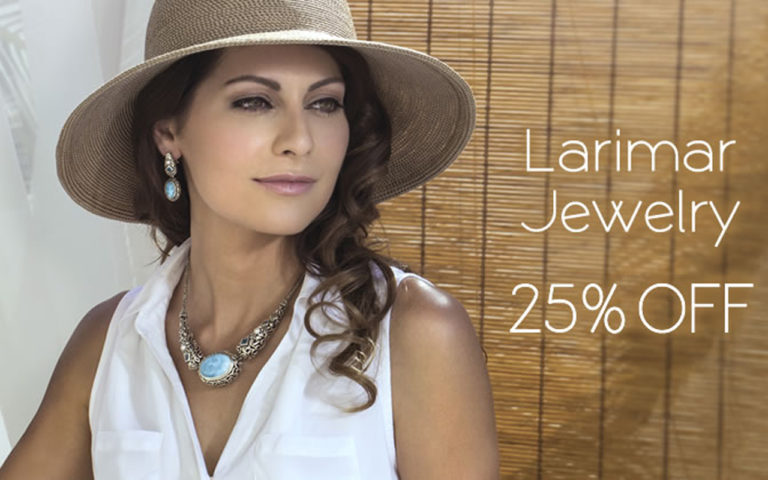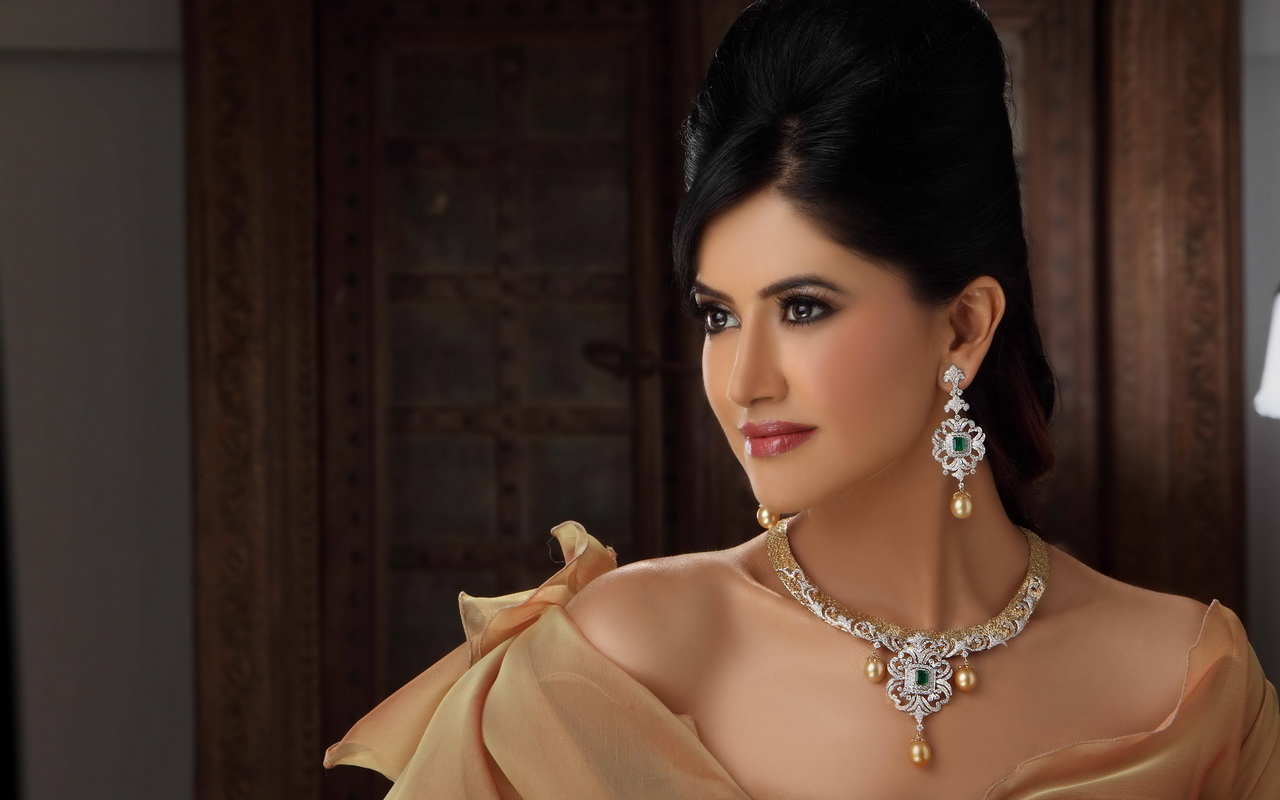Worldwide, engineers specialized in 3D Printing systems are always more creative to constantly offer new materials: Polymers, plastics, metals, elastic materials, wood. Of course, each material has its own strengths and limits according to the type of printed object. Advancements in the 3D printing industry seem to have no limits. Everyday, the technology is becoming more and more accessible to the public and more and more groundbreaking in the science, aerospace and sports industries, just to name a few. Since 3D printing technology’s wild successes in technical industries, we are also seeing it applied to more creative industries as well, such as art, childhood education, and jewelry making.
It is no longer the case that the jewelry designer is necessarily doing this with his/her hands because designing a piece of jewelry no longer requires us to consider or to have any knowledge of its material counterpart. In fact, the new age jewelry designer often sits about as far away from the production of that piece of jewellery as is feasibly possible. However, understanding the complex process that turns your STL file into a shiny piece of finished jewelry is quite literally the key to great design.
How large is your piece of jewelry? This can be measured a number of ways, by volume, or by length, width etc. Shapes that are too large often require a flask of their own when it comes to casting. Shapes of similar size and volume are usually lumped together in the same flask so that the caster can control the speed and temperature of the metal needed for each flask. Extra flasks cost extra money..and lets face it no one has extra money.
It is important to consider the weight of the finished piece of jewelry when cast in the metal. It is possible to calculate the weight in your chosen metal using a simple conversion, however, checking the volume this way is never completely accurate, unless you know the exact weight to volume ratio of your chosen metal, but it helps to give some idea of the end weight.
What is the maximum and minimum cross-sectional thickness of your object? It is not advisable to design anything with under 1 mm of cross sectional thickness, as you are likely to encounter problems during casting. Allowing a little extra thickness improves the chances of good metal flow. Imagine that the metal has to squeeze through those thin areas, at speed whilst cooling, like an artery pumping blood through the body, the wider the artery, the easier the blood flows. Metals also shrink as they cool, so a 1.5 mm thick area in your 3D print could come out closer to 1mm in finished metal, making it too weak to wear.


























